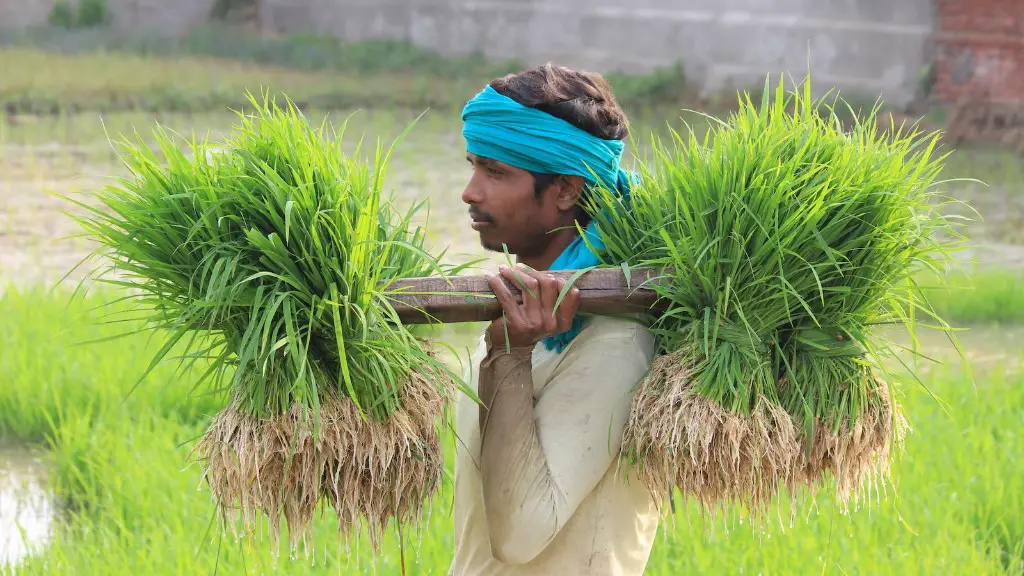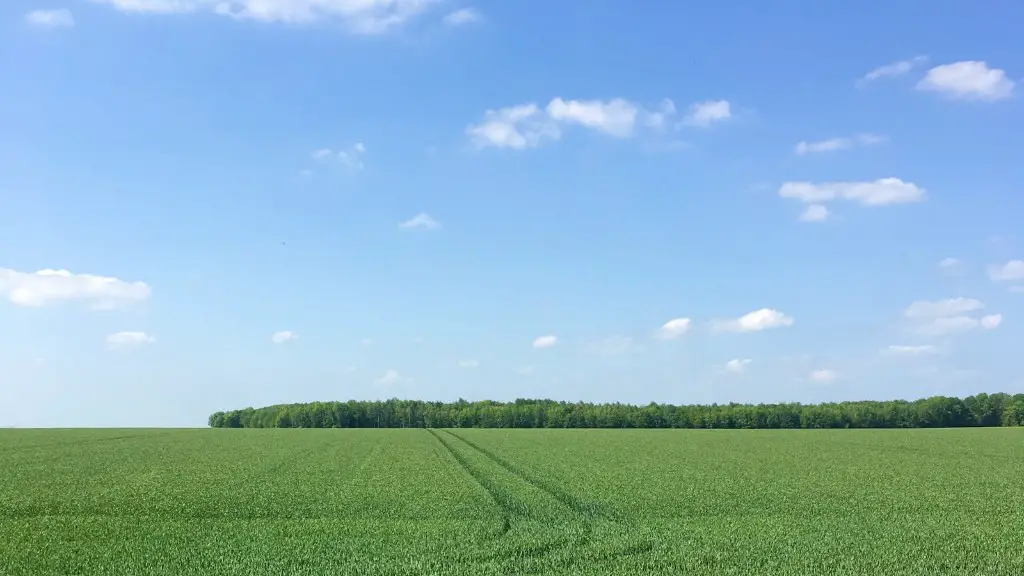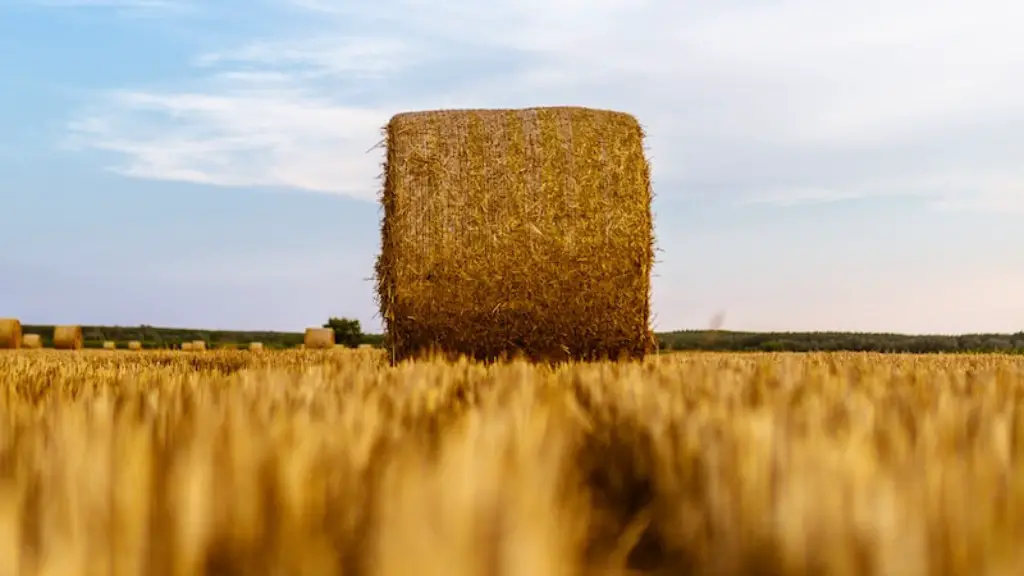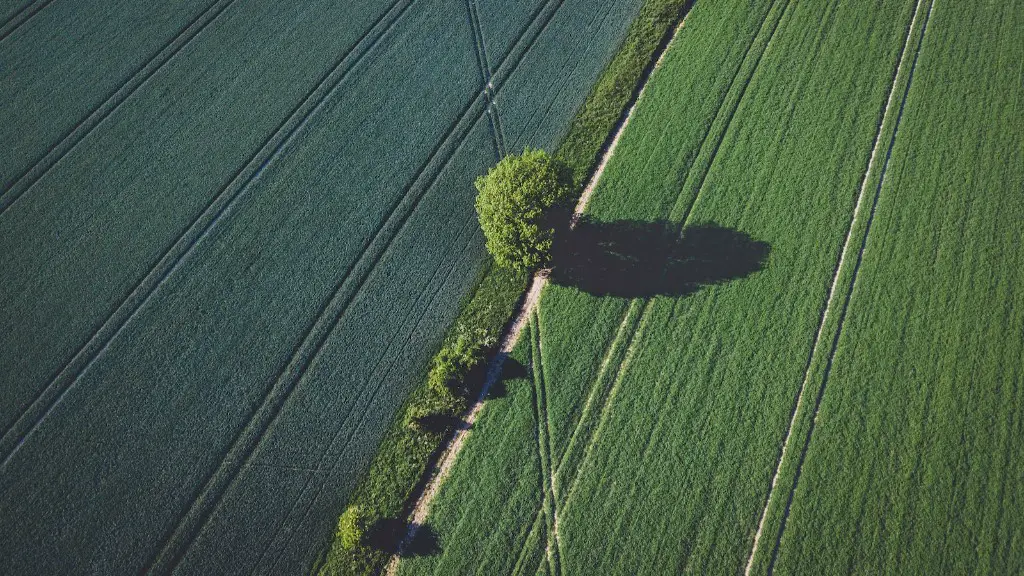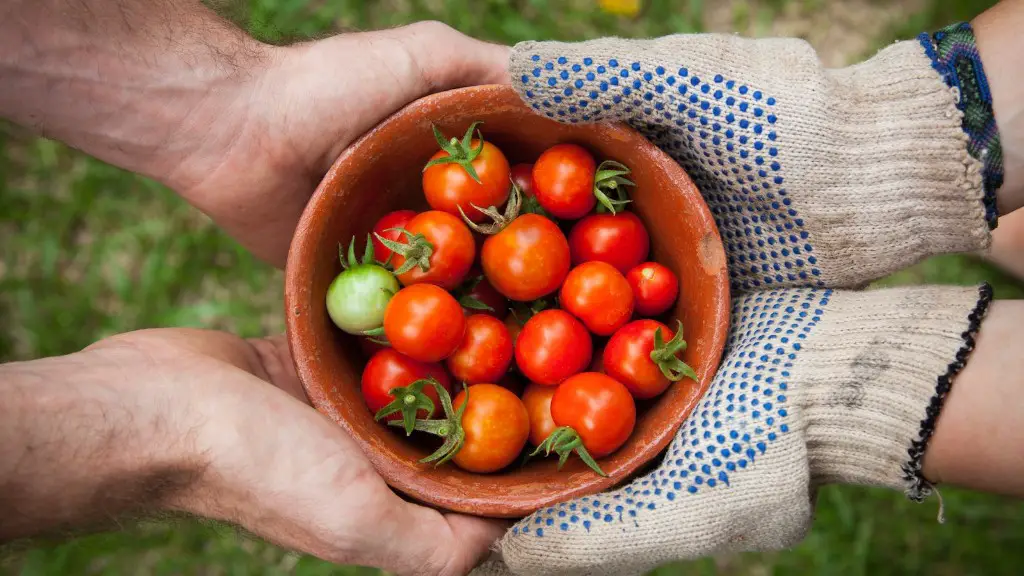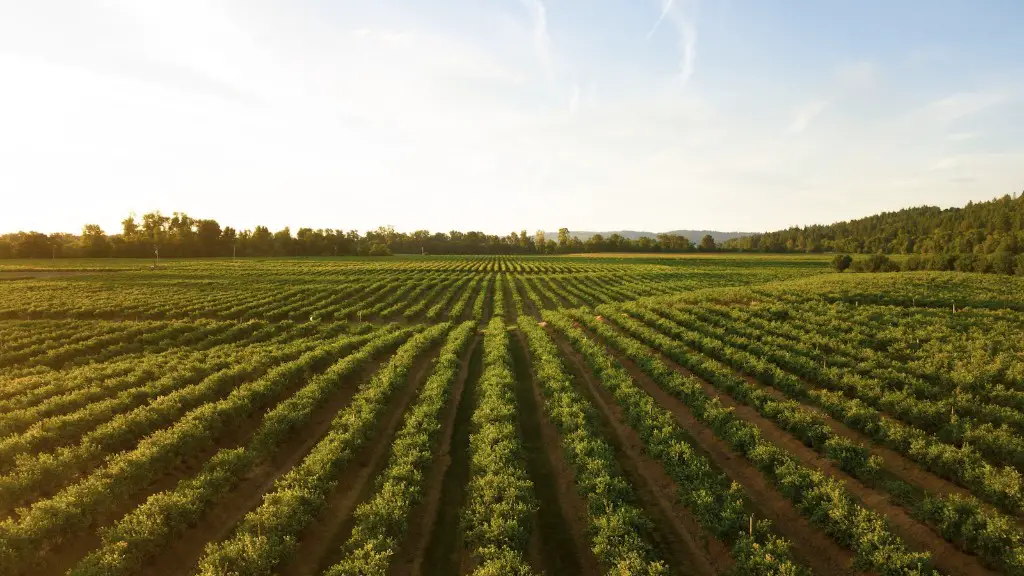Zero tillage is a farming technique that involves no tilling or disturbance of the soil surface. crops are planted directly into the unbroken soil, using specialized equipment. This method conserves soil moisture and reduces soil erosion.
Zero tillage is a type of farming where the soil is not turned over or tilled before planting. This type of agriculture can help conserve water and reduce soil erosion.
What is the meaning of zero tillage?
Zero tillage is a minimum tillage practice in which the crop is sown directly into soil not tilled since the harvest of the previous crop. This practice is gaining popularity as it offers many benefits like reduced soil erosion, improved soil health and higher yields.
No-till farming is an approach to crop production that reduces or eliminates soil disturbance, resulting in less soil erosion and increased soil health. No-till farming can have many economic benefits for farmers, including increased soil productivity, improved water infiltration and reduced inputs costs.
What is the difference between zero and minimum tillage
Crops are grown from year to year with little to no soil disturbance through tillage in this system. In minimum tillage, soil disturbance is kept to a minimum level. In zero tillage or no-till system, no soil disturbance is done season in and season out. This system of farming helps to preserve topsoil, reduce erosion and improve water infiltration.
A typical example of double cropping in no-till systems is planting winter grains, crimson clover, or hairy vetch in fall and cutting them before flowering to grow summer vegetables or mid-season brassicas no-till in the cover crop mulch. This system can help to improve soil health and reduce weed pressure.
What is a drawback of zero tillage?
No-till farming is a type of agriculture where fields are not tilled, or plowed. This means that there is less disturbance to the soil, and that crop residue is left on the surface. No-till can help reduce soil erosion and increase moisture retention. However, without tillage, farmers have lost the ability to mechanically control weeds. This can be a problem, as weeds can compete with crops for resources. Additionally, there is a risk of plant diseases being carried over when crop residue is not incorporated into the soil after harvest.
Minimum tillage is a tillage practice that involves minimal or no disturbance of the soil for purposes of crop production. This practice involves making furrows or holes in the soil for planting seeds, while leaving the rest of the field undisturbed. Crop residue is also left on the surface.
In which crop is zero tillage practiced the most?
Zero tillage (ZT) is an important aspect of conservation agriculture, and is widely practiced in India, Bangladesh, and Nepal. Rice-wheat cultivation is the predominant cereal production system in these countries, and ZT is an important part of this system.
The zero tillage seeder is a machine used to sow seeds without ploughing the land beforehand. It consists of a seed box, fertilizer box, seed and fertilizer metering mechanisms, seed tubes, furrow openers, seed and fertilizer rate adjusting lever and transport cum power transmitting wheels. The zero tillage seeder can sow seeds directly into the unploughed soil with the help of the seed tubes. The furrow openers make sure that the seeds are sown at the correct depth and the fertilizer metering mechanisms help in providing the correct amount of fertilizer to the seeds. The seed and fertilizer rate adjusting lever helps in adjusting the rate at which the seeds and fertilizer are dispensed. The transport cum power transmitting wheels help in moving the machine from one place to another.
Is tilling or no tilling better
No-till farming is a method of growing crops without disturbing the soil through tillage. No-till typically increases soil organic matter in the top several inches of the soil. This is due to the fact that no-till does not bury carbon and increase its storage. Intensive tillage, on the other hand, often burns up much of the soil organic matter, more so than no-till.
Tillage is the agricultural preparation of soil by mechanical agitation. Different types of tillage are carried out depending upon the purpose or necessity. They are deep ploughing, subsoiling and year-round tillage.
Deep ploughing is done to loosen the compacted soil and to bring the subsoil to the surface. This type of tillage is usually carried out before sowing the crop. Subsoiling is done to loosen the hard layer of subsoil. This type of tillage is usually carried out before sowing the crop. Year-round tillage is done to keep the soil in a good condition for planting and to control weeds.
Why is no till farming better?
No-till farmers grow crops with minimal disturbance to their fields and the organisms that call them home. This builds healthier soils while reducing money spent on fuel and labor – a win-win. With harvest season winding down, you’re no doubt making an important decision for your working land. Choose no-tillage and you’re choosing to build healthier soils, reduce your input costs, and create a more sustainable farming operation.
Zero tillage helps to increase soil organic matter by reducing the rate of decomposition of organic matter. This is because zero tillage leaves crop residues on the surface of the soil, which act as a mulch and protect the underlying soil from erosion by wind and water. The mulch also helps to conserve moisture and improve water filtration.
Do organic farms use no till agriculture
Organic farmers can use no-till planting equipment to place seeds and transplants into the decaying crop residue after flattening the cover crop. No-till equipment is designed to plant crops without disturbing the soil, which can help reduce erosion and improve soil health. Using this equipment can help organic farmers save time and money, as well as improve the sustainability of their operations.
No-tillage farming is a great way to reduce soil disturbance and keep the ground surface in tact. This method leaves residues from the previous crop in place, which helps to improve soil health and fertility. It also helps to reduce erosion and promote water infiltration.
What percent of farmers use no-till?
This is good news for farmers who are looking to adopt more sustainable practices, as no-till and strip-till have been shown to improve soil health while also reducing greenhouse gas emissions.
No-till farmers often rely more heavily on herbicides, as one of the main benefits of plowing is weed disruption. This can lead to greater reliance on herbicide-resistant GM crops.
What is the father of zero tillage
Glubler B Triplets (USA), 1950 is known as father of zero tillage.
Zero tillage is a type of farming where the soil is left undisturbed. This means that no plowing or tilling is done. This type of farming was first developed by the Glubler B Triplets in the 1950s.
Zero tillage has many benefits. It helps to conserve moisture and reduces erosion. It also helps to improve the quality of the soil.
zero tillage is now practiced in many parts of the world.
If travel speed is increased to 10 mph, Swanson says the ExactEmerge planters, properly adjusted for individual field conditions, should have no problem running up to 10 mph in no-till conditions. This would mean that the seed would be moving at 10 mph as well, which would change the way the seed is distributed.
Conclusion
Zero tillage is a way of growing crops or managing agricultural land where the soil is not turned over by ploughing before planting. It preserves the soil’s natural structure and Farmer avoids soil erosion. This method can also reduce the overall cost of farm production.
Zero tillage in agriculture is a system where the farmer does not plow or till the soil before planting the crop. The crop is planted directly into the unbroken soil. This system is used to conserve soil and water, and to reduce labor.
